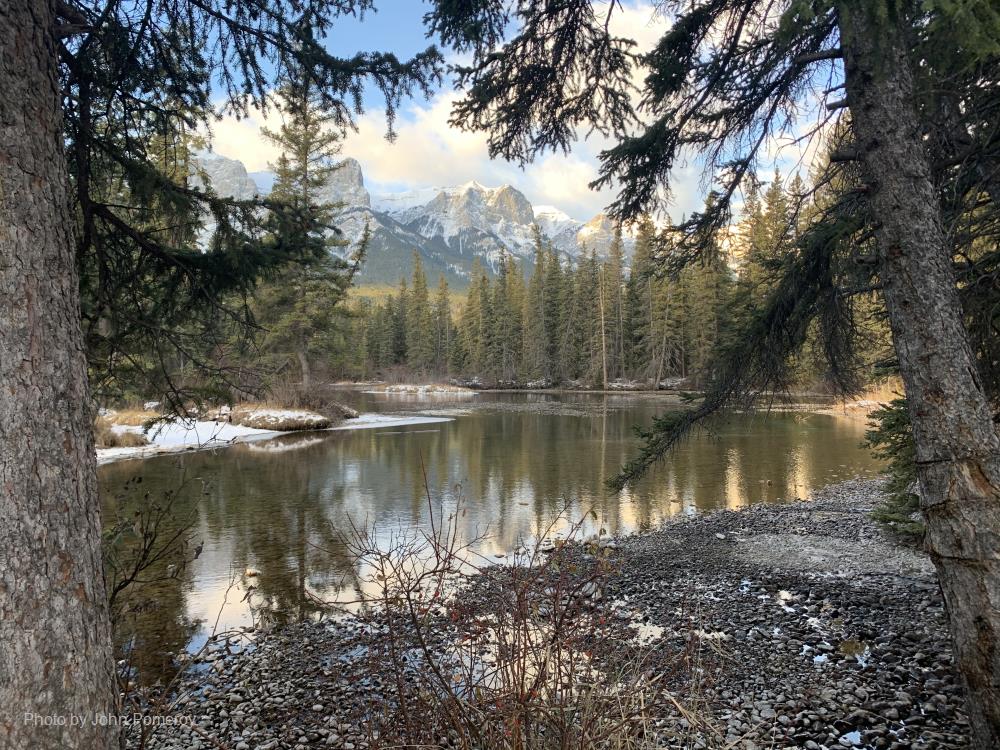
Related items loading ...
Section 1: Publication
Publication Type
Journal Article
Authorship
Rowlandson, T.L., A.A. Berg, A. Roy, E. Kim, R. Pardo Lara, J. Powers, K. Lewis, P. Houser, K. McDonald, P. Toose, A. Wu, E. De Marco, C. Derksen, J. Entin, A. Colliander, X. Xu, Alex Mavrovic
Title
Capturing Agricultural Soil Freeze/Thaw State through Remote Sensing and Ground Observations: A Soil Freeze/Thaw Validation Campaign
Year
2018
Publication Outlet
Remote Sensing of Environment. 211, 59-70.
DOI
ISBN
ISSN
Citation
Rowlandson, T.L., A.A. Berg, A. Roy, E. Kim, R. Pardo Lara, J. Powers, K. Lewis, P. Houser, K. McDonald, P. Toose, A. Wu, E. De Marco, C. Derksen, J. Entin, A. Colliander, X. Xu, Alex Mavrovic (2018). Capturing Agricultural Soil Freeze/Thaw State through Remote Sensing and Ground Observations: A Soil Freeze/Thaw Validation Campaign. Remote Sensing of Environment. 211, 59-70.
https://doi.org/10.1016/j.rse.2018.04.003
Abstract
A field campaign was conducted October 30th to November 13th, 2015 with the intention of capturing diurnal soil freeze/thaw state at multiple scales using ground measurements and remote sensing measurements. On four of the five sampling days, we observed a significant difference between morning (frozen scenario) and afternoon (thawed scenario) ground-based measurements of the soil relative permittivity. These results were supported by an in situ soil moisture and temperature network (installed at the scale of a spaceborne passive microwave pixel) which indicated surface soil temperatures fell below 0 °C for the same four sampling dates. Ground-based radiometers appeared to be highly sensitive to F/T conditions of the very surface of the soil and indicated normalized polarization index (NPR) values that were below the defined freezing values during the morning sampling period on all sampling dates. The Scanning L-band Active Passive (SLAP) instrumentation, flown over the study region, showed very good agreement with the ground-based radiometers, with freezing states observed on all four days that the airborne observations covered the fields with ground-based radiometers. The Soil Moisture Active Passive (SMAP) satellite had morning overpasses on three of the sampling days, and indicated frozen conditions on two of those days. It was found that >60% of the in situ network had to indicate surface temperatures below 0 °C before SMAP indicated freezing conditions. This was also true of the SLAP radiometer measurements. The SMAP, SLAP and ground-based radiometer measurements all indicated freezing conditions when soil temperature sensors installed at 5 cm depth were not frozen.
Plain Language Summary


 GWFNet
GWFNet Master
Master Data
Data Research
Research Map
Map
 Advanced
Advanced Tools
Tools
 . . .
. . .
 Metadata Editor
Metadata Editor
 Record List
Record List
 Alias List Editor
Alias List Editor
 Legacy sites
Legacy sites